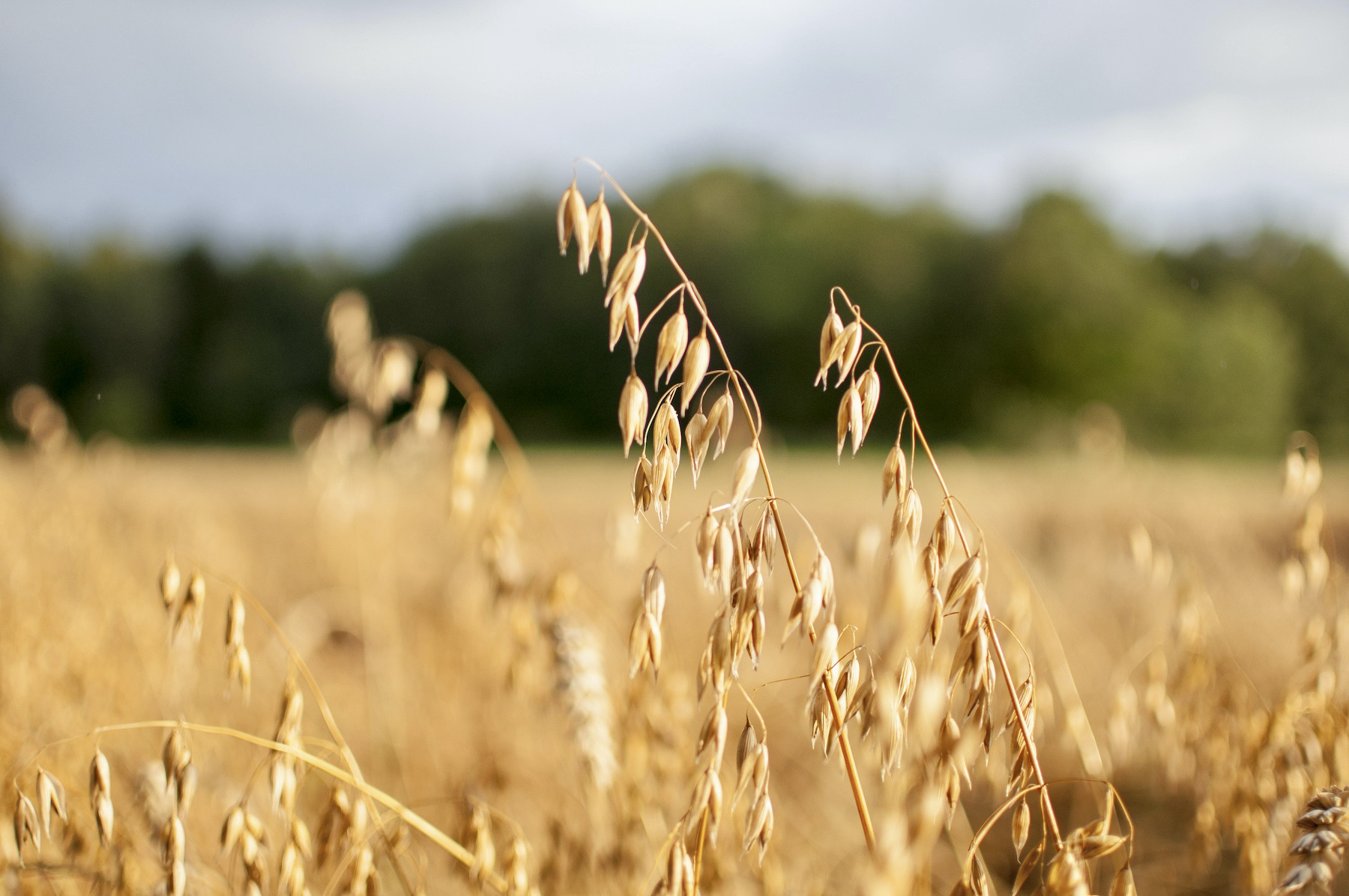Oat
Why oat?
Oats (Avena sativa L.) currently rank sixth in world production of cereals after maize, rice, wheat, barley and sorghum. They are grown in many parts of the world, mainly in northwest and eastern Europe, North America, Canada, Australia and China. Oats are used as both human food and animal feed because of its good nutrient content and other health benefits, including in prevention of cardiovascular disease and type 2 diabetes.
What we achieved
- 241 samples of 11 oat crop wild relative (CWR) species were collected in 11 countries: Armenia, Azerbaijan, Cyprus, Ethiopia, Georgia, Italy, Lebanon, Nepal, Pakistan, Portugal and Spain.

Project partners
Collecting
- Armenian Botanical Society Yerevan, Armenia
- Genetic Resources Institute, Azerbaijan National Academy of Sciences, Baku, Azerbaijan
- Agricultural Research Institute, Ministry of Agriculture, Natural Resources and Environment, Nicosia, Cyprus
- Ethiopian Biodiversity Institute, Addis Ababa, Ethiopia
- National Botanical Garden of Georgia, Tbilisi, Georgia
- University of Pavia, Italy
- Lebanon Agricultural Research Institute, Rayak, Lebanon
- National Agriculture Genetic Resources Center, Khumaltar, Nepal
- Plant Genetic Resources Program, Bio-Resources Conservation Institute, Islamabad, Pakistan
- Museu Nacional de História Natural e da Ciéncia, Lisbon, Portugal
- National Institute for Agricultural and Food Research and Technology, Madrid, Spain
Oat key collections, materials and data
Oat Collections
- The largest oat collection is conserved by the United States Department of Agriculture National Plant Germplasm System.
- The Genesys PGR database includes information about oat accessions in genebanks worldwide.
- Of the 241 samples newly collected, 228 samples are conserved in the Millenium Seed Bank.

